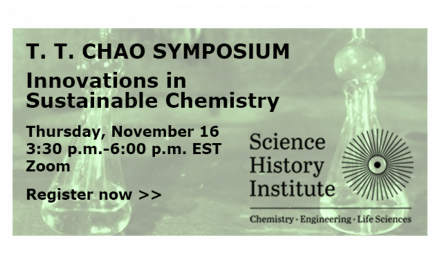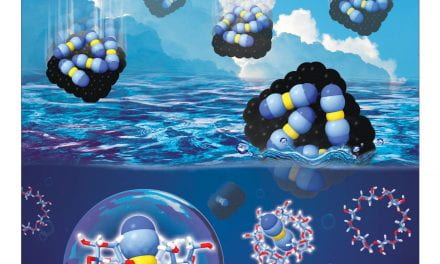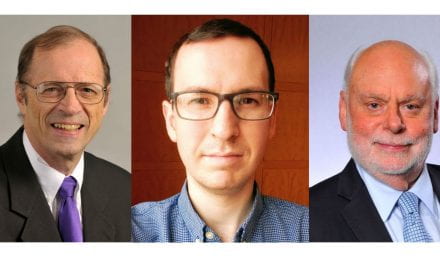Congratulations to Drs. Huang Wu and Leighton Jones from the Stoddart and Schatz groups, respectively, from Northwestern University on your publication: “High-efficiency gold recovery using cucurbit[6]uril,” out now in ACS Appl. Mater. Interfaces! Link
In our electronic age, the disposal of waste draws more and more attention worldwide. If not handled wisely, the toxic composition of this waste becomes hazardous to the environment and to humankind. This electronic waste, however, can become a valuable resource since it contains many noble metals and other useful materials. Gold plays an indispensable role in today’s electronics industry. About 300 metric tons of gold are used in electronics manufacture every year. The recovery of gold from electronic waste is important from economic and environmental perspectives.
We report a highly efficient gold-recovery protocol on the basis of the instantaneous assembly between a macrocycle, cucurbit[6]uril (CB[6]), and gold-bearing salts, MAuX4 (M = H / K & X = Cl / Br) anions. A laboratory-scale gold-recovery process has been established based on the co-precipitation of CB[6]×HAuCl4, in which 99.8% of the gold present in the raw material has been recovered. ACS Applied Materials & Interfaces, DOI: 10.1021/acsami.0c09673





